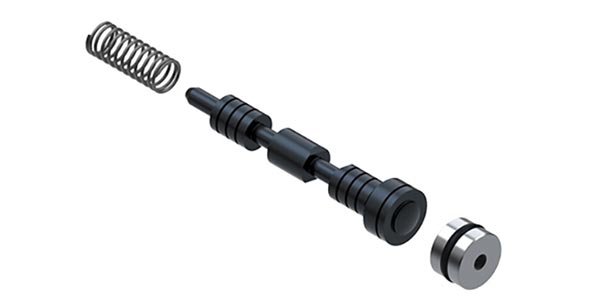Many techs are aware of Generation 1 and Generation 2 differences with the Ford 6F35 transmission. There are, however, what seem to be a couple of subtle transitional changes that may be of interest to you.
Figure 1 (below) shows an early Generation 1 valve body with the shallow SSA Damper pocket using the rubber pedestal type, along with the dark anodized valve and short land.
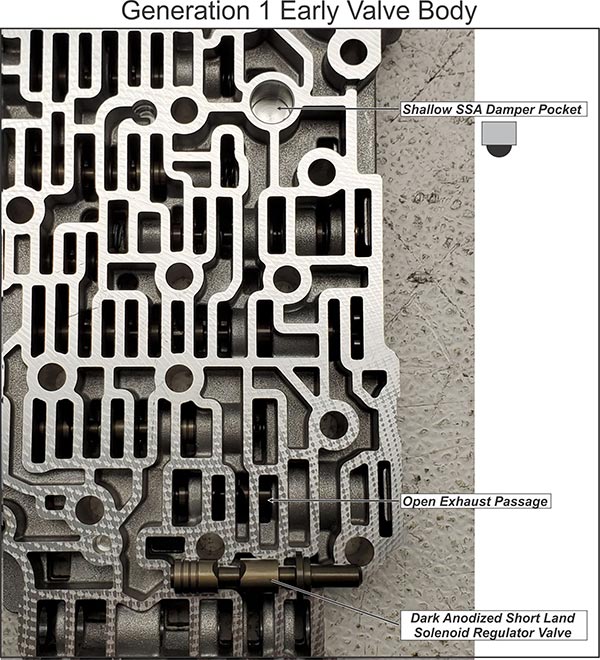
The transitional valve body is shown in figure 2. It is still a Generation 1 valve body with the shallow SSA Damper pocket, but it now has the chrome anodized valve with a longer land along with the exhaust passage casted shut.
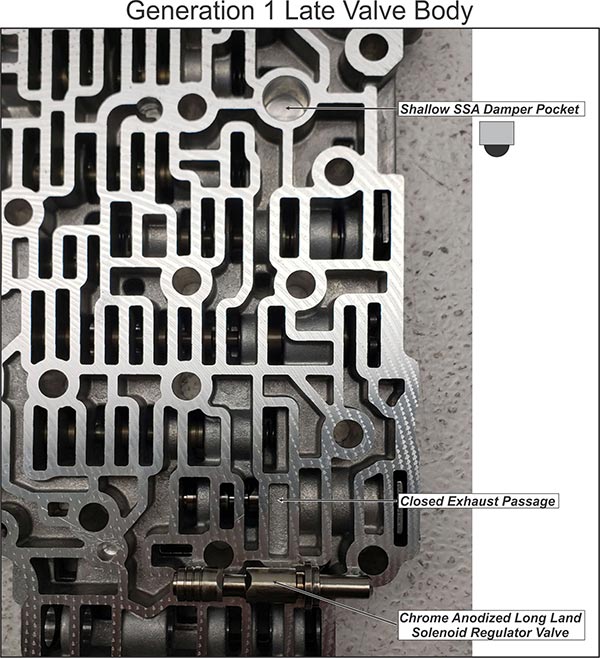
Figure 3 shows the Generation 2 version which now uses an accumulator piston style damper for SSA. And it too has the longer land chrome anodized valve with the exhaust passage casted shut.
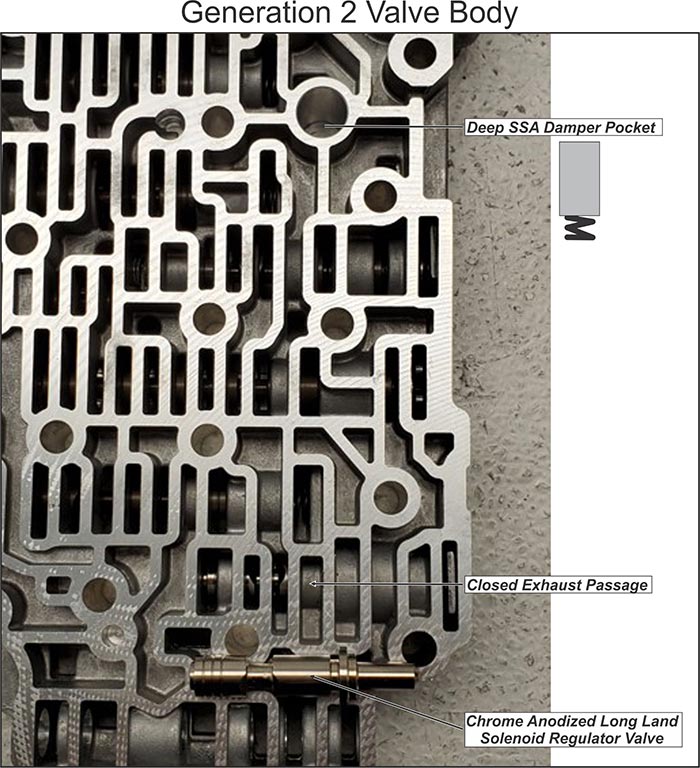
Changes to the spacer plate also occurred (figure 4). The early Generation 1 plate uses a stamping that would make one to think that it is an aftermarket plate.
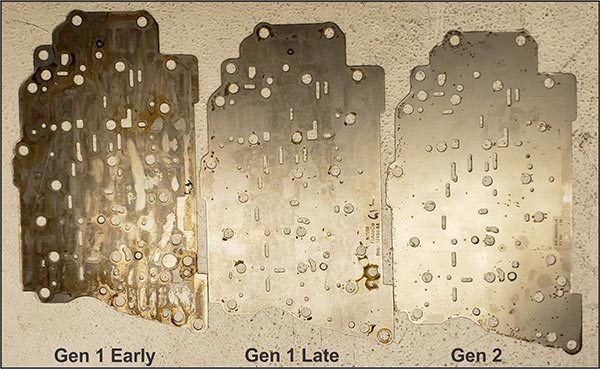
Figure 5 shows the differences between the dark and chrome anodized solenoid regulator valves. The difference in color is strictly for identification purposes. The change in making the land longer closing off the exhaust passage increases bore wear life before failure occurs with its regulated pressure. When the longer land to bore wear occurs, pressure will exit out the spring side compromising the regulated pressure circuit.
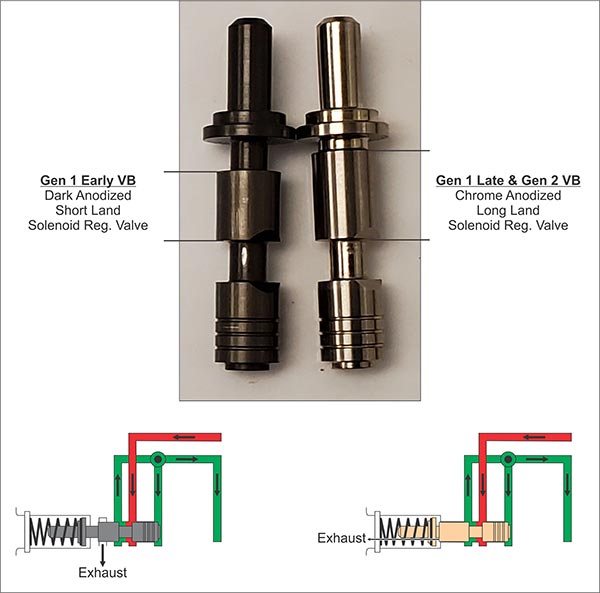
Another subtle change is with the 35R/456 clutch tower bolted to the case (figure 6). During the transitional stage from Gen 1 to Gen 2, they added bottom of this tower an air bleed for the 35R circuit as seen in figure 7, below.
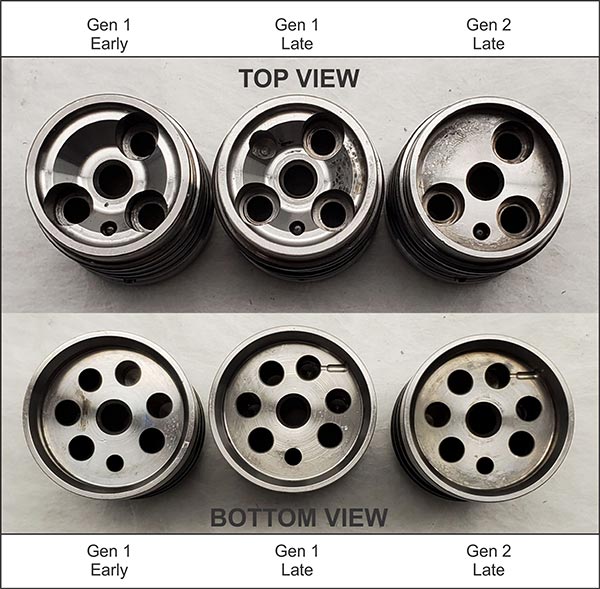
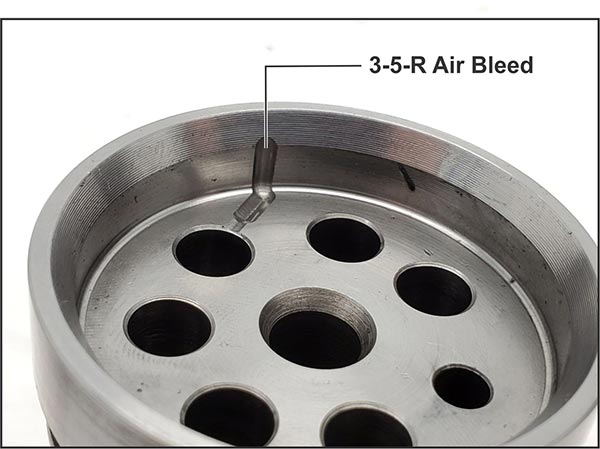
Read more entries in Wayne Colonna’s Technically Speaking series here.










